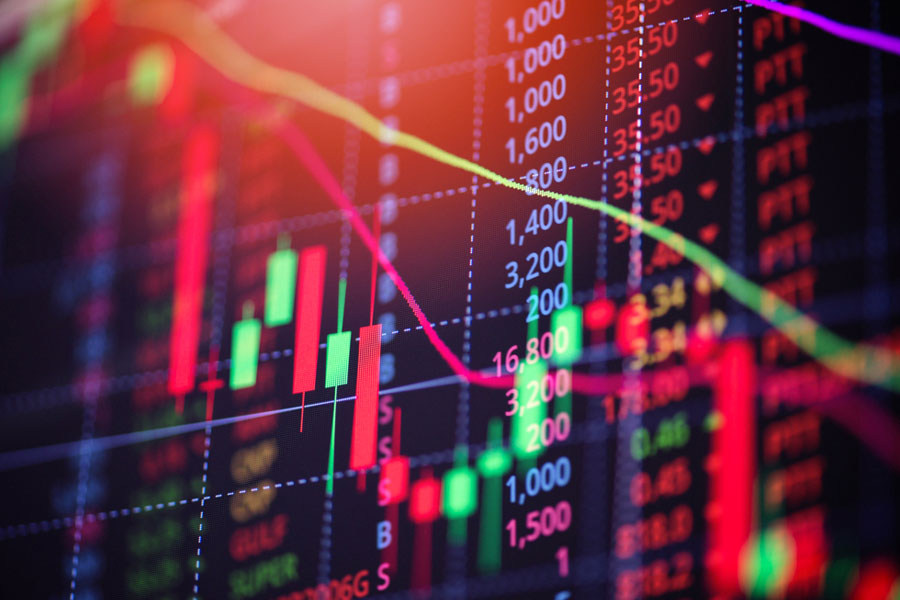 |
| Tiger woods |
Among the many embarrassments golf can dole out, missing a short putt may be the worst. The stroke starts with a twitch of the hands and a flip of the wrist, and then the ball lips out of the cup or skitters wide of the hole. And sometimes, with recreational golfers, the ball does not move at all because they have bounced the putter over it.
Known as the yips — but also the jumps, the shakes, the jitters and the flinches — the affliction is often linked to a kind of performance anxiety, reflecting perhaps an erosion of confidence or a weakness of will. Even some of the game’s heavyweights — including Ben Hogan, Sam Snead, Lee Trevino, Johnny Miller, Bernhard Langer and, more recently, Tiger Woods — have battled it.
Among the 156 players in the field for the United States Open this week at Congressional Country Club outside Washington, there will be some who once had, now have or will have the yips. And one thing is for sure: the Open, with its super-fast green speeds, along with the pressure of playing for the national championship, will put severe demands on the putter.
For years, the yips were thought to have psychological or neurological roots, ideas supported by two Mayo Clinic studies. But a hypothesis has emerged pointing to a muscular source — the result of a buildup of scar tissue in the forearms — for the involuntary twitch that sets off the yips.
The term yips is thought to have been coined about 50 years ago by the Scottish professional Tommy Armour, who said of them, “Once you’ve had ’em, you’ve got ’em.” One golfer who had ’em was Tom Watson, who won eight Majors and finished second at the British Open in 2009 at age 59.
Watson once estimated that the yips cost him more than a title a year over a decade, but he shunned the usual remedies of a long putter or an unconventional grip. He simply fought through it, relearning to accelerate his stroke into the ball, as he had done naturally in his youth.
“I still get nervous before I putt,” he told reporters after overcoming the problem, “but by the time I’m standing over them, I feel confident.”
He looked that way recently when, at 61, he won his second Senior PGA Championship, 10 years after his first, by stroking a 4-footer in the middle of the cup on the first playoff hole.
Another player who has struggled on the greens is Mark Calcavecchia. A senior Tour player who was a good putter before he got the yips in the late 1990s, Calcavecchia overcame them by switching to a claw putting grip. “I was twitchy, I could feel it,” he said, adding: “Anything outside of 18 inches was 50-50. That’s how bad it was.”
The new notion that the yips can be muscular in nature comes from Robert Anthony Prichard, a San Francisco sports biomechanics expert best known for his work in swimming and track and field. Prichard gained some golf credibility recently by analysing video of the driver swing of a young Arnold Palmer, calling it the most efficient in pro golf history.
“I was impressed by that analysis because I don’t think Arnold Palmer gets nearly enough credit for being as technically good as he was,” said Robby Ware, a PGA Tour rules official. “The powerful coil, his flow through the ball, is overlooked because of his flair and charisma, and because all the photos and films of his swing focused on the swirling finish.”
Prichard said he was analysing the swings of some of golf’s greatest ball-strikers for his book, The Efficient Golfer, when he noticed that Snead, Hogan and Trevino all restrained their driver swing in order to return the club at impact to its original position. A friend, Prichard said, pointed out that they had one other thing in common: the yips.
“They were gripping the driver very hard, so as to limit extension at impact,” Prichard said. “The driver head is going over 100 miles an hour through space and is pulling away from the golfer with 100 pounds of force. Even though this pull only lasts for a fraction of a second, it is repeated over and over again and it results in the tearing of hundreds of the tens of thousands of small individual muscle fibers that make up each muscle in the forearms.”
Over time, Prichard said, the accumulation of scar tissue and the tension in the forearms from fighting centrifugal force causes spasms when a golfer grips the putter lightly, activating the same set of muscles. In other words, what was good for consistent ball-striking was ultimately bad for putting.
The cure, according to Prichard, is not a visit to a sports psychologist. He recommends two things: when preparing to drive, a golfer should change the position of the hands by raising them higher and moving them a few inches farther from the body; and the golfer should get massage therapy to connective tissue, to release the scar tissue that has accumulated.
“When we see golfers, over and over again, highly skilled golfers who restrain the driver and end up getting the yips, and we know what accounts for it, it makes a pretty good case for changing the way we do it,” he said.
Prichard, who does not play golf, argues that Woods has recently struggled with the yips in part because of his new driver swing.
“Tiger has gone to restraining his driver,” he said. “Back when he wasn’t doing this, he was winning Majors by 12 strokes and putting out of this world. He is not doing that now, and I feel it’s a combination of his neck problems and his new driver swing.” Although some sports psychologists, teachers and players concede that there may be something to Prichard’s analysis, others say his conclusions are a reach.
“No one has proven that the yips are not a purely psychological or psychosomatic phenomenon,” said Douglas Baumgarten, a biomechanics expert and the director of SportFit Lab in Herndon, Va. “So Prichard is first assuming that the yips are purely a physical symptom — totally unproven.










